Glass Fiber Reinforced Concrete Pros and Cons
What Is GFRC and How Does It Work?
Glass Fiber Reinforced Concrete (GFRC) is a specialized type of concrete that incorporates alkali-resistant glass fibres into a cementitious matrix. These fibres act as primary reinforcement, enhancing tensile and flexural strength performance. Unlike traditional concrete, which relies on steel rebar and is primarily used for load-bearing applications, GFRC is optimized for non-structural architectural use, mainly in facade cladding, interior panels, and complex forms.
GFRC stands apart from traditional concrete because it combines strength with a lightweight composition. This makes it especially valuable in commercial construction, where aesthetic appeal and long-term durability are essential. Products like Sound-Rite's Rieder GFRC panels illustrate this innovation, delivering high-end architectural finishes tailored to commercial environments.
Is GFRC Stronger Than Concrete?
The strength of any concrete product depends on how well it resists forces such as tension, compression, and bending. While traditional concrete is known for its compressive strength, GFRC excels in other critical areas, making it a more versatile material in architectural design.
Tensile Strength
Conventional concrete has inherently poor tensile strength, so it's often paired with steel reinforcement. GFRC changes that equation. The mixed's distributed glass fibres significantly improve tensile performance, helping the material resist pulling forces and reducing the risk of cracking or fracturing under stress.
Flexural Strength
GFRC offers high flexural strength, which enables it to withstand bending and deflection. This is a key reason why it's favoured in facade systems and thin-wall panels. The material's ability to flex without breaking allows various architectural designs, from sharp angles to curved, organic forms.
Compressive Strength
While GFRC can match or exceed the compressive strength of traditional concrete, often reaching up to 10,000 psi, it is not intended to be used as a load-bearing structural material. Instead, it's best suited for architectural applications where reduced weight and enhanced durability are desired.
Is Fiberglass in Concrete as Good as Rebar?
Depending on the application, fibreglass and rebar serve different purposes but can enhance the performance of concrete.
In traditional structural concrete, rebar reinforces significant, load-bearing components such as columns and beams. It is heavy, corrosion-prone, and labour-intensive to install. GFRC, by contrast, incorporates fibreglass directly into the mix. This results in multidirectional reinforcement, offering improved performance in panels and surfaces subjected to bending, thermal cycling, and environmental exposure.
Compared to steel-reinforced concrete, GFRC offers:
Better resistance to cracking and shrinkage
Improved flexibility and resilience under thermal and mechanical stress
Enhanced durability in outdoor and moisture-exposed environments
Unlike rebar, glass fibres don't corrode over time, making GFRC a longer-lasting material for exposed or decorative applications.
Advantages of Fiber Reinforced Concrete
GFRC is particularly well-suited for commercial projects that demand both performance and aesthetics. Below are the most compelling benefits.
Lightweight with High Strength
GFRC is significantly lighter than precast concrete, often by up to 75%. This reduces the structural load on buildings and simplifies transport and installation. Its high strength-to-weight ratio makes it ideal for large-scale facade systems and retrofit projects.
Wide Range of Aesthetic Finishes
With advanced moulding capabilities and integral pigmentation, GFRC can be produced in a variety of textures and colours. From natural stone looks to smooth modern finishes, GFRC panels like those from Sound-Rite's Rieder line offer designers exceptional visual flexibility while maintaining technical integrity.
Enhanced Crack Resistance
The glass fibres control micro-cracking, minimizing structural weaknesses and improving the long-term appearance of panels. This feature is especially beneficial in climates with fluctuating temperatures or moisture levels.
Versatility in Design and Form
GFRC's ability to conform to complex moulds allows for intricate surface details, curves, and angles—features that are difficult or impossible to achieve with traditional concrete. This makes it a popular material for modern architecture, seeking innovative forms and finishes.
Sustainable Material Profile
Because it is lighter, GFRC requires less energy for transportation and installation. Additionally, its durability means fewer replacements and less material waste over time. Some products also incorporate recycled content, aligning with LEED and green building standards.
Faster Installation with Prefabrication Options
GFRC panels are commonly produced off-site in controlled environments, which enhances quality control and enables rapid and efficient installation. This minimizes construction delays and labour costs, a critical consideration in commercial projects.
Disadvantages of Glass Fiber Reinforced Concrete
Despite its numerous advantages, GFRC has some limitations that must be considered during the design and planning stages.
Higher Upfront Cost
GFRC is generally more expensive than traditional concrete on a per-square-foot basis. However, the savings in installation time, labour, and lifecycle maintenance often make it a cost-effective investment over the life of a project.
Skilled Labour Required
The production and application of GFRC require specialized knowledge. Proper mixing, casting, and curing are crucial to ensuring optimal performance, making quality control a paramount consideration. Working with experienced manufacturers—such as Sound-Rite—helps mitigate these risks.
Not Suitable for Load-Bearing Structures
GFRC is engineered for architectural and aesthetic functions. It should not be used where compressive structural loads are required, such as in foundational elements or support columns.
Quality Can Vary Without Consistency
Inconsistent fibre distribution or improper curing can result in weak spots or visual defects. This is why partnering with a reputable supplier is crucial for achieving reliable results.
Use Cases in Commercial Applications
GFRC's unique blend of strength, lightness, and design versatility makes it especially valuable in the commercial sector.
Exterior Cladding and Façades
GFRC panels are commonly used in commercial building exteriors for their durability and sleek appearance. The Rieder panel system offered by Sound-Rite combines engineered performance with natural finishes, making it ideal for office towers, institutional buildings, and retail centers.
Interior Wall Panels and Decorative Surfaces
GFRC is increasingly used indoors for wall panels, lobby finishes, and custom accent walls. Its slim profile and moldability seamlessly integrate modern interior design schemes.
Public Furniture and Sculptural Elements
GFRC's flexibility supports the creation of custom outdoor furniture, planters, signage, and sculptural installations. These elements are not only visually striking but also weather-resistant and maintenance-friendly.
Conclusion: Is GFRC Right for Your Project?
Glass Fiber Reinforced Concrete offers a compelling mix of aesthetic freedom, structural performance, and long-term value—particularly for commercial applications. It excels in situations where lightweight design, environmental durability, and architectural creativity are key.
Whether specifying facade materials, upgrading an interior environment, or seeking a sustainable alternative to traditional cladding systems, GFRC provides a reliable, flexible, and visually dynamic solution. Sound-Rite's Rieder panels exemplify these qualities, offering customizable finishes and engineered performance that meet the demands of modern architecture.
For those navigating material selection for a commercial build or renovation, GFRC represents a forward-thinking option with a proven track record of performance and design adaptability.


